The NZ Christmas Tree
The Southern Rata is New Zealand’s Christmas tree. Releasing a gorgeous ref flower from December and January its beauty usually peaks around the Christmas Period. It’s long overdue to overtake the pine tree as a family focal point. Although we do love the idea of Kiwis going out once a year to remove 1 million wilding pines!
The Southern Rata is one of 11 different types of Rata trees that are one of the best known native trees in New Zealand. It is very closely related to its northern cousin the Pohutukawa.
Rata is easy to spot and known for its beautiful red flowers that stand out amongst the vibrant green jungle that encapsulates lots of the South Island.
Below, learn more about what makes this tree so unique, and how to care for your own brilliant native of New Zealand!
Traditional and Medicinal Uses:
Like many native trees of New Zealand, the Southern Rata was used for its medicinal properties by the Maori years ago.
The nectar was used as a remedy for sore throats as well as being eaten by the Maori. The Southern Rata is also a major source of honey on the West Coast of New Zealand with its abundant nectar supply. Native birds such as the Kaka and Tui regularly visit this tree to drink from the nectar as well. This provides a notable amount of support to a thriving local ecosystem.
An infusion of inner bark was used as a remedy for diarrhea. The rest of the bark has been boiled and taken internally to treat colds, as well as being used externally as an astringent to treat ringworm, pains, bruises, and wounds. Young leaves were also chewed for toothaches.
As well as its medicinal uses, the Maori discovered that the wood from the Southern Rata was very strong and built paddles, weapons and mauls out of the hard timber. The inner wood and the outside of the bark were used for tanning leather as well as making a dye for wool.
Its hardness, durability, and reddish color are useful for furniture making, although it becomes increasingly difficult to turn when fully dried out.
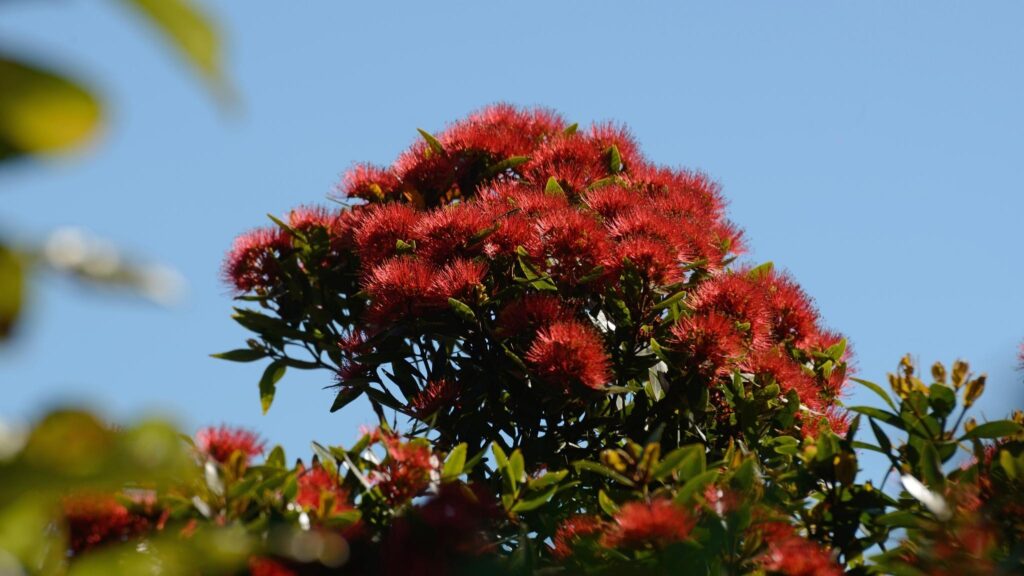
Caring for your Southern Rata!
What they Like
Southern Rata is best suited for cooler regions that have a high rainfall with moist soil, which is why the West Coast of the South Island has such an abundance of these stand-out trees. They can even live for up to 500 years on glacial moraine. This makes them good candidates for planting around streams and rivers on farms to hold the banks together while providing an abundance of color and nutrients for local bird and bee populations.
The preference for a colder climate means the Southern Rata will grow slower in the North Island. As such the pohutukawa will dominate in the North. They are good growers in coastal areas as well as they have good resistance to wind and salt. This makes them ideal candidates for coastal erosion.
When grown in ideal conditions, this native will thrive and grow at a steady rate however in less than ideal conditions, the growth is much slower.
The Southern Rata has taken on the shot-gun approach to seeding itself. Dropping millions of seed from its pods when ready, it is hoping that one of those seeds will find the most ideal spot and become the dominant tree in that space. The seeds are very slender and carry little additional nutrients to help the sapling. Unfortunately, they have a slow growth rate and are very vulnerable for the first 18 to 36 months of their life.
They prefer lime-free soil in a semi-shady position.

Propagation
Sow seeds in a good seed raising mix in the spring in a warm greenhouse. Try to maintain a temperature around 20 degrees and only just cover the seeds lightly with a porus mix. The seeds do not have a large store of energy so they need to germinate and deploy leaves as easily as possible.
Once the first true leaves emerge, or when they are large enough to handle, prick the seedlings out into individual pots and grow them in the greenhouse for at least their first winter.
Ideally, keep them in a protected environment for the next summer with not too much sun. These aren’t frontier trees like the Manuka or Kanuka. They will not enjoy frosts, so you need to be careful planting them out. If you expect frosts, then it may be best to protect them for one more winter, and look to plant out in spring, after the last of the expected frosts.
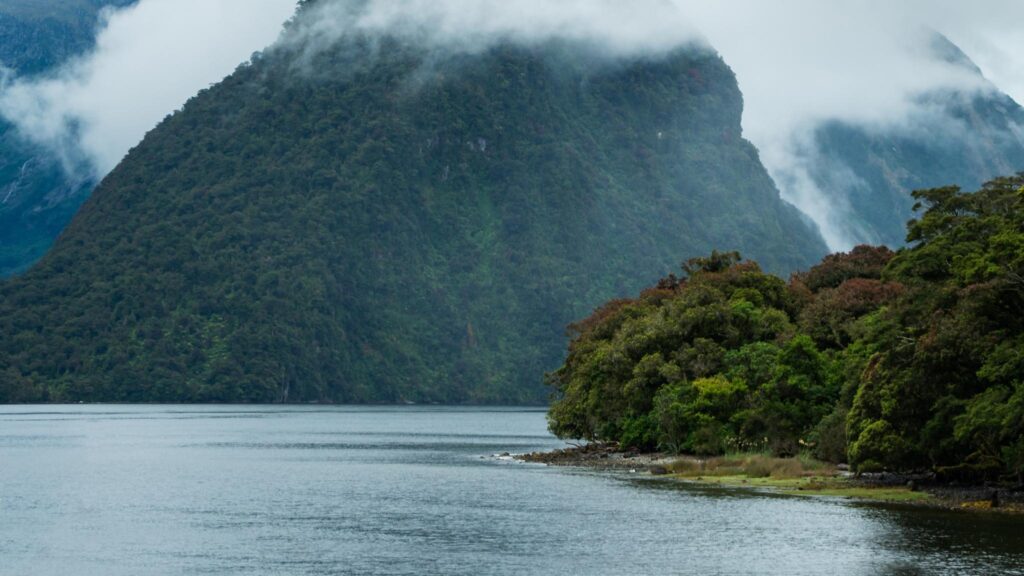
Threats to the Southern Rata
Possums are a big threat to these beautiful natives. Their slow and steady growth can end quickly, and mature trees can be killed in just a few years by consistent possum browsing.
Mature Southern Rata’s are a form of protection for the smaller trees that populate the canopy below. When they die off from possum browsing, the canopy underneath is suddenly exposed to wind and storm damage, insects, weed invasion and diseases that can then kill them too.
Myrtle rust is a serious fungal disease that affects plants in the myrtle family including the Rata. This rust reproduces quickly and over time, damages the immune system of the plants, making them vulnerable to other diseases, and reducing their ability to grow and survive. Younger plants are more vulnerable.

Projects helping the Southern Rata
Project Crimson
Project Crimson works with schools, communities, iwi and individuals throughout New Zealand. They are targeting restoration and environmental education programs that advocate for Rata and Pohutukawa trees! Since 1990, over 300,000 pohutukawa and rata trees have been planted.
Their goal is to make it easy for New Zealanders to have the tools and information to help and care for native trees to inspire the young and future generations of this country! Learn more and get involved with their latest project Trees that Count.
DOC
They work closely with other agencies such as Project Crimson to restore rātā and Pōhutukawa habitat on the mainland through education and revegetation programs.
DOC and other agencies also carry out sustained possum control operations. For rātā, the operations cover large areas of northern and southern rātā dominated forests of mainland New Zealand.
Non-Profits
Given the Rata’s vulnerability to pests local projects around the country helping with trapping and baiting help tremendously with just allowing these trees to have a chance. Locally to the Abel Tasman, the stand out groups are Project Janszoon and the Abel Tasman Bird Song Trust.

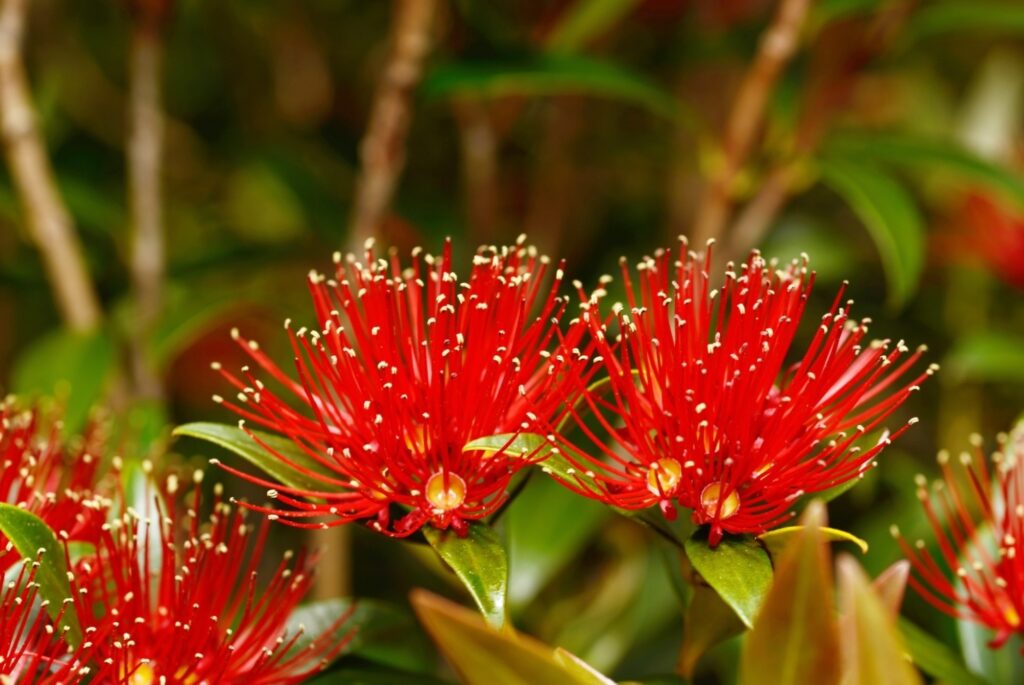
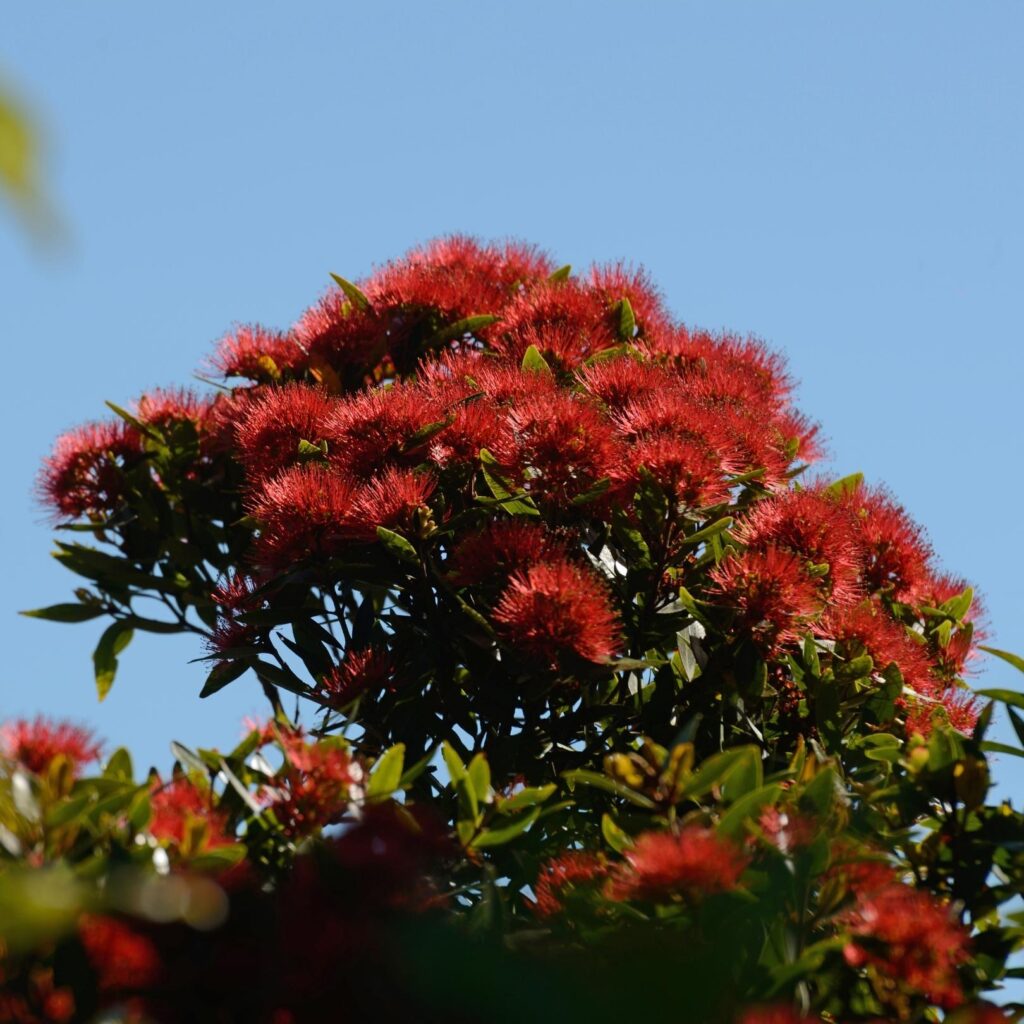
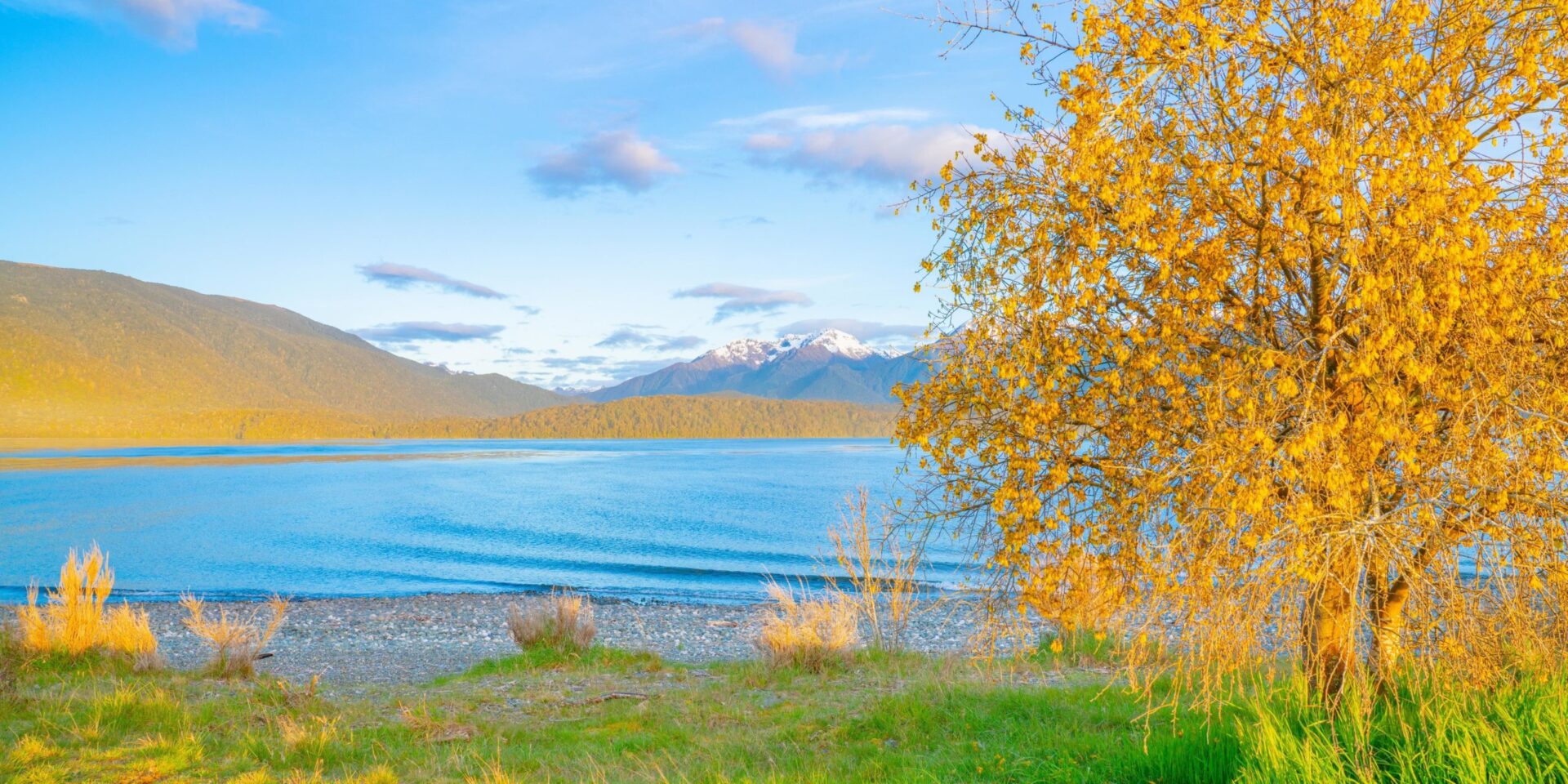
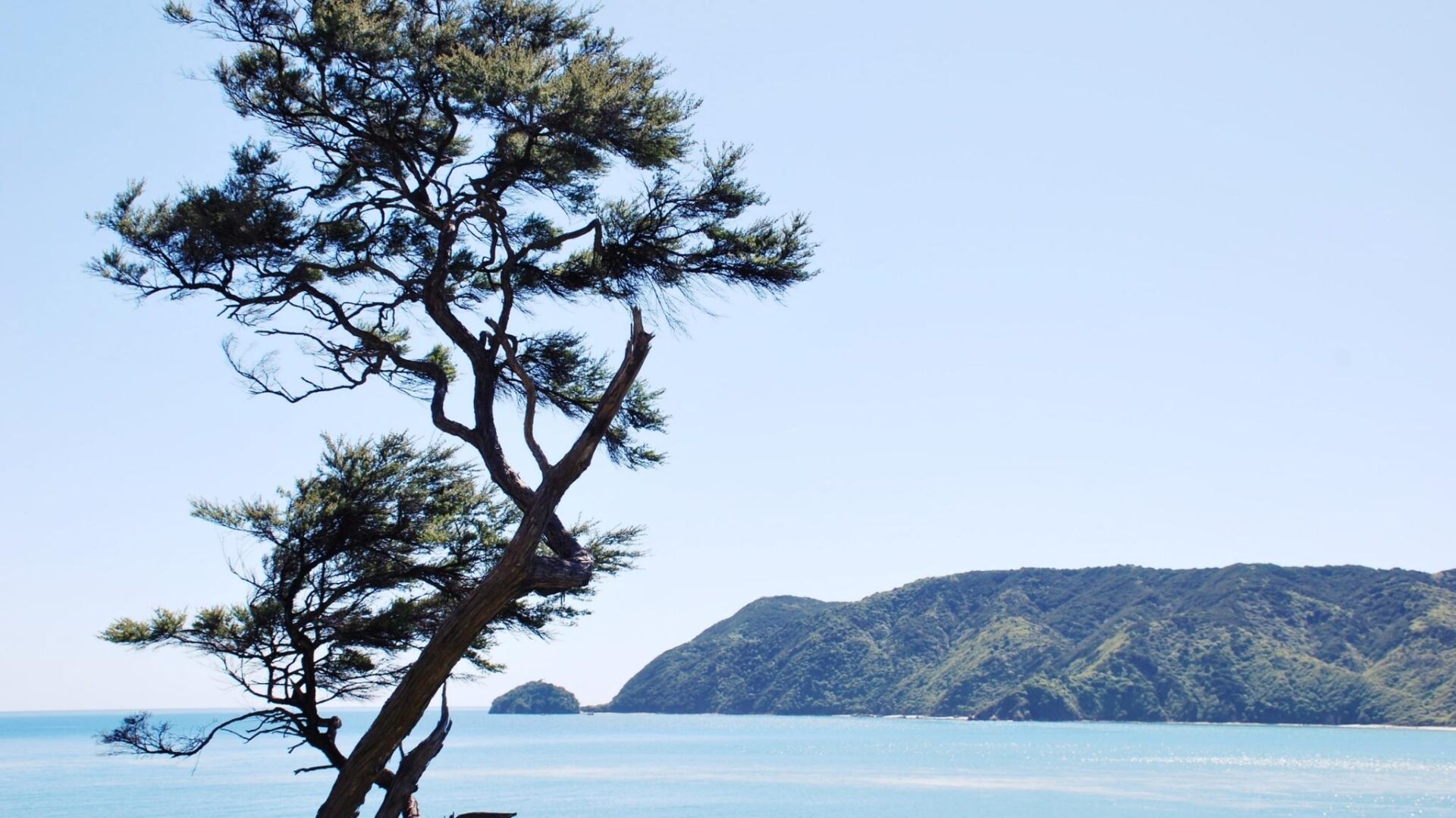
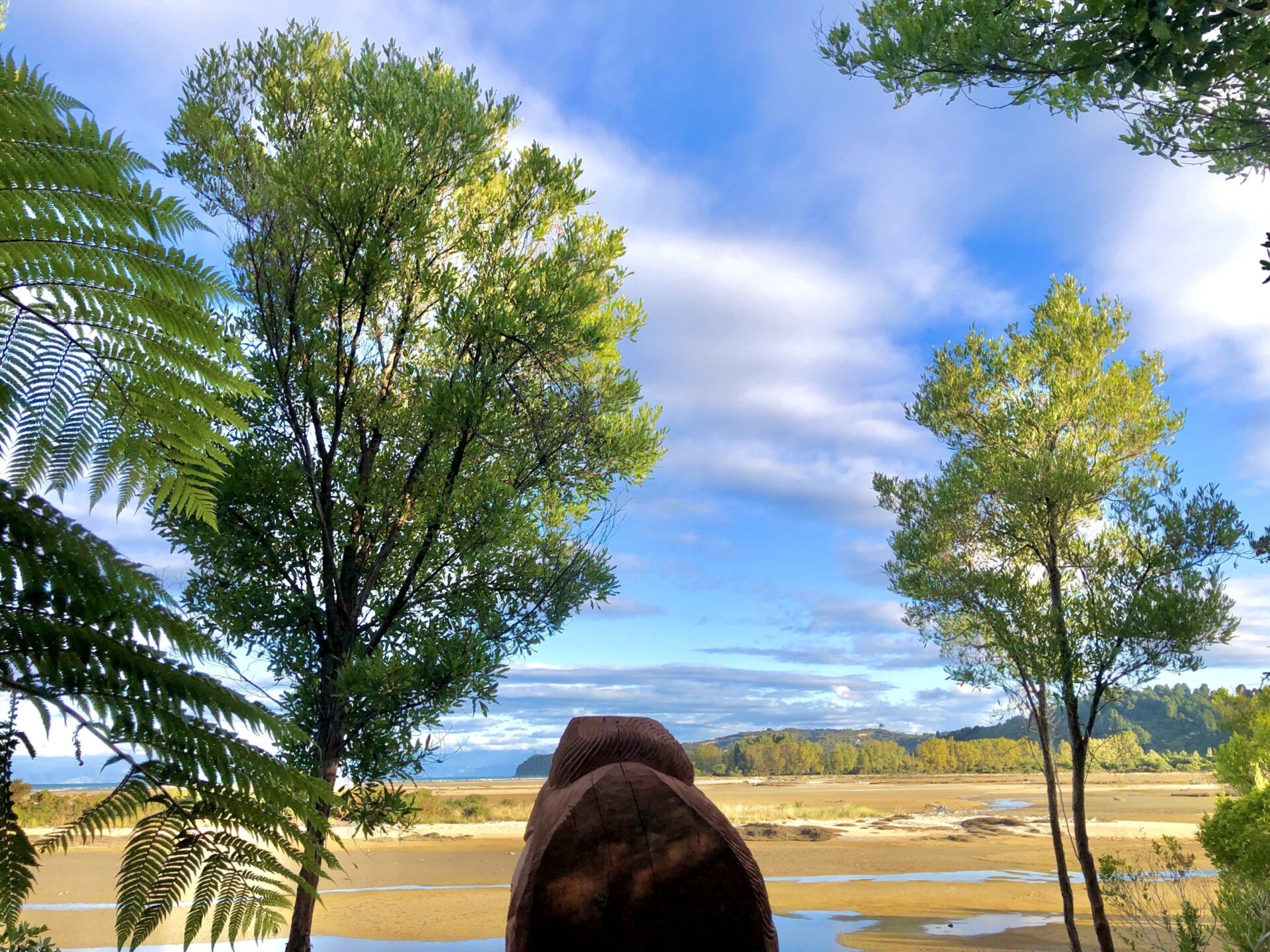
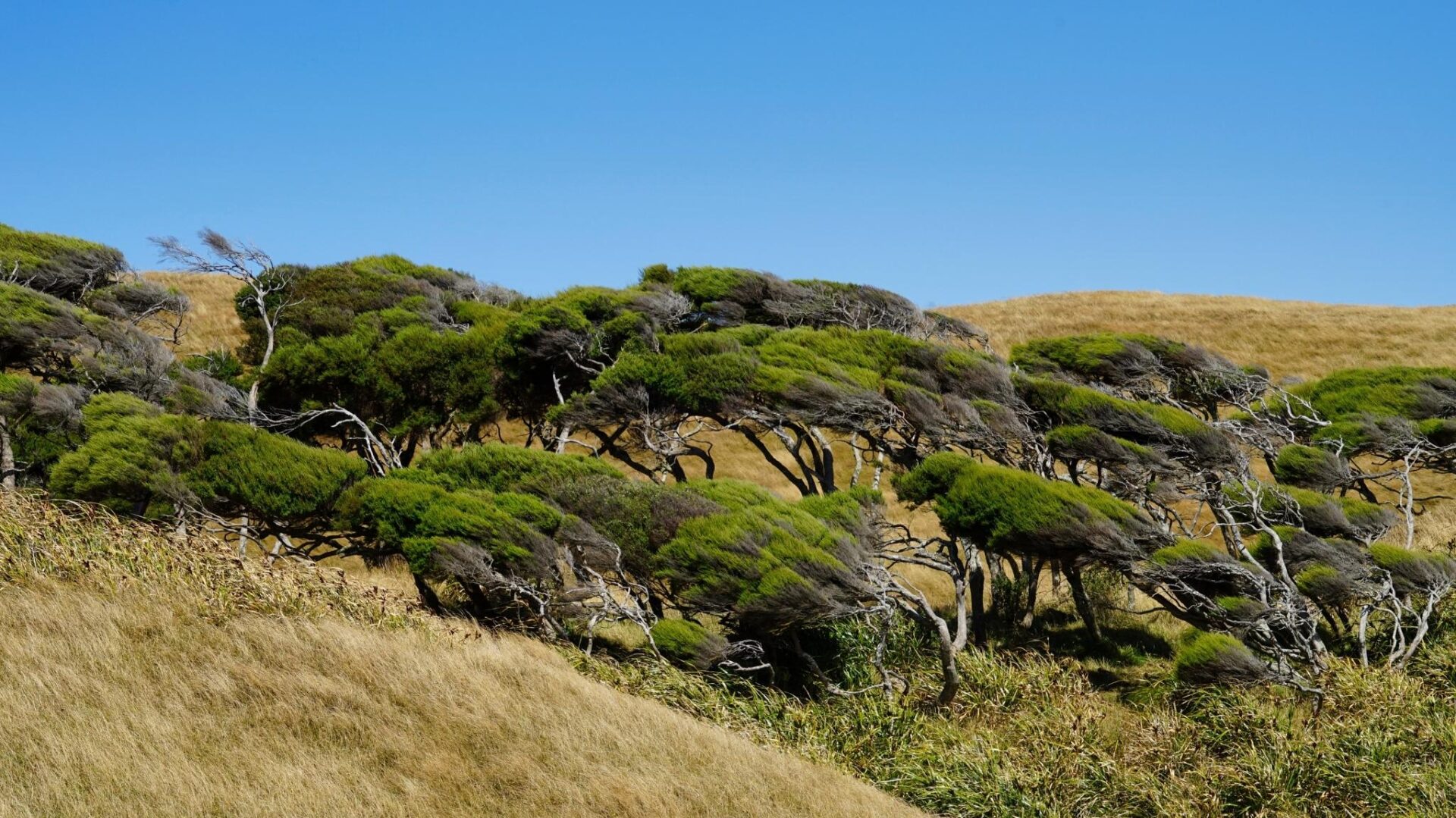
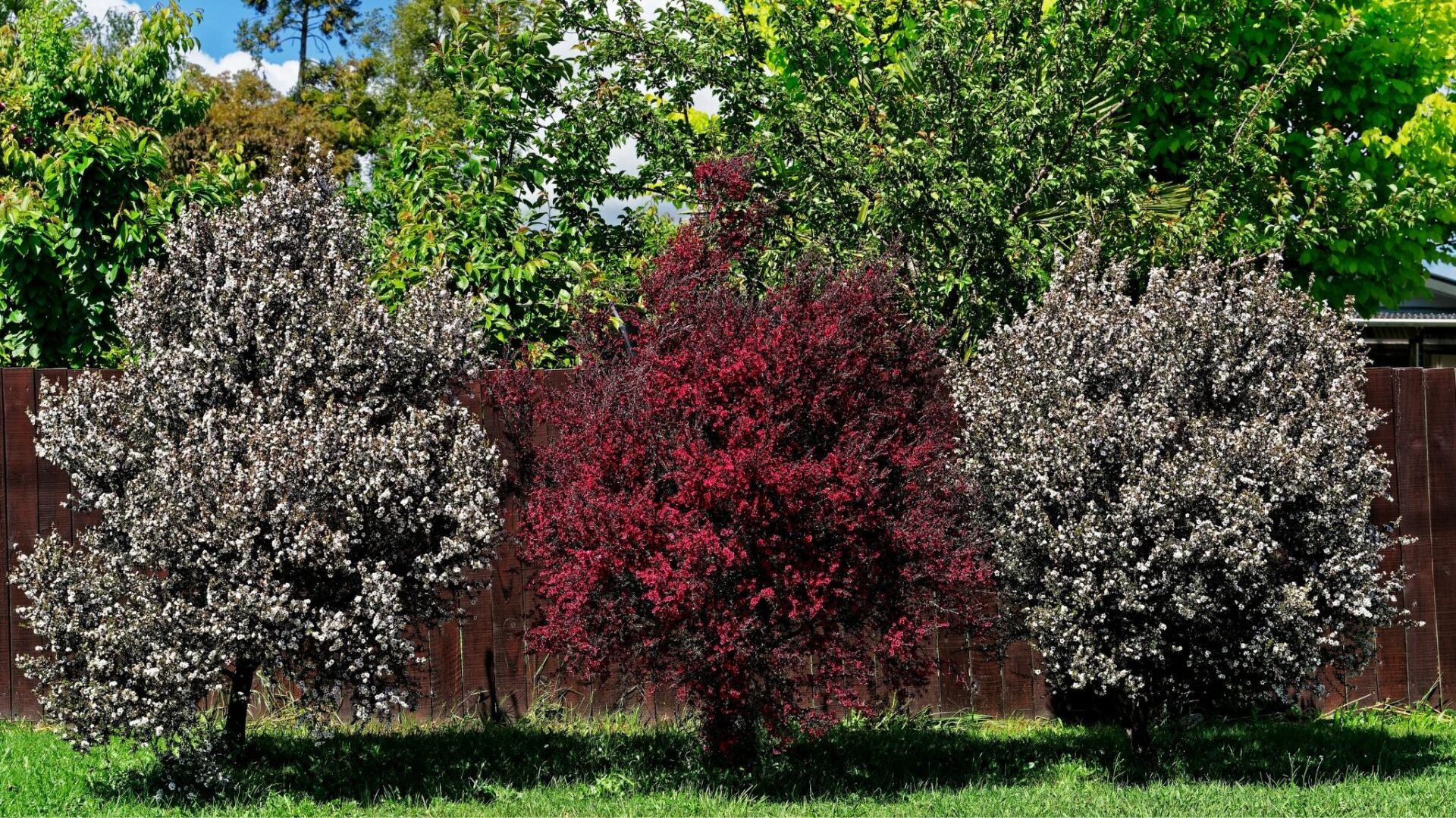
1 thought on “Southern Rata Tree”
Thanks for your blog, nice to read. Do not stop.